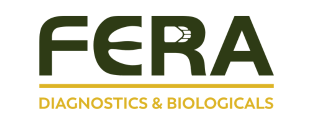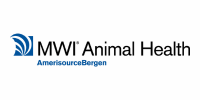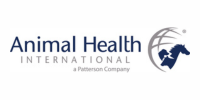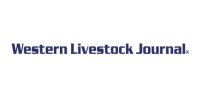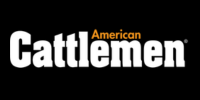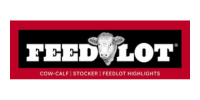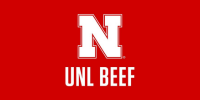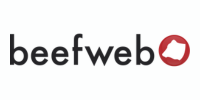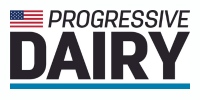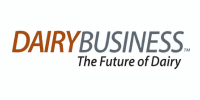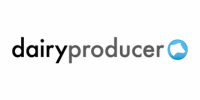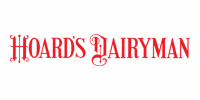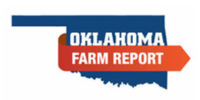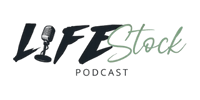Maternal bovine appeasing substance improves feeding behavior, growth performance, feed efficiency, and health indicators in weaned feedlot beef heifers
Jul 22, 2025
Désirée Gellatly, Yaogeng Lei, Alison Neale, Lyndsey Smith, Emilie Edgar, Brittany Bloomfield, Brianna Elliot, Sean Thompson
Olds College of Agriculture & Technology, Technology Access Centre for Livestock Production, 4500 50 Street, Olds, Alberta, T4H 1R6, Canada; dgellatly@oldscollege.ca (DG); yley@oldscollege.ca (YL); aneale@old-scollege.ca (AN); lsmith@oldscollege.ca (LS); eedgar@oldscollege.ca (EE); bbloomfield@oldscollege.ca (BB); belliot@oldscollege.ca (BE)
Correspondence: sthompson@oldscollege.ca (ST)
Abstract
This study evaluated the effects of applying the maternal bovine appeasing substance (mBAS) at weaning on feed intake, feeding behavior, growth, feed efficiency, stress and health in beef heifers. Twenty-two Angus-influenced heifers were kept in two pens (n = 11 per treatment/pen) for 27 days. Treatment groups received either mBAS or water as a control (CT) at weaning, with pen swapping on day 14. Sampling occurred on day 0 (weaning; prior to and after transportation), 14 and 27. Dry matter intake was similar (P > 0.10) in the majority of days between treatments. More occasions of shorter (P = 0.08) feeding durations, more feeding frequency (P < 0.01), and greater (P < 0.05) feeding rates were found on mBAS than CT. The mBAS exhibited cumulative greater (P < 0.01) activity and rumination, and improved (P < 0.10) final and total G:F and ADG. The mBAS heifers had reduced (P < 0.10) WBC and N:L ratio. No differences (P > 0.10) were observed in BW shrink, chute score, exit speed, salivary cortisol, rectal temperature, RBC or platelet. The mBAS heifers achieved greater (P < 0.05) profit margins. In conclusion, mBAS mitigates weaning stress and enhances production efficiency and profitability.
